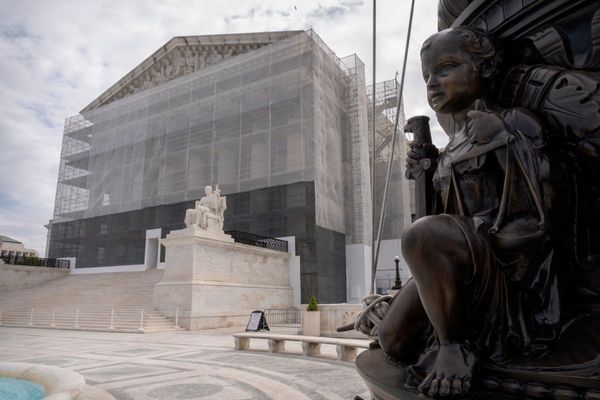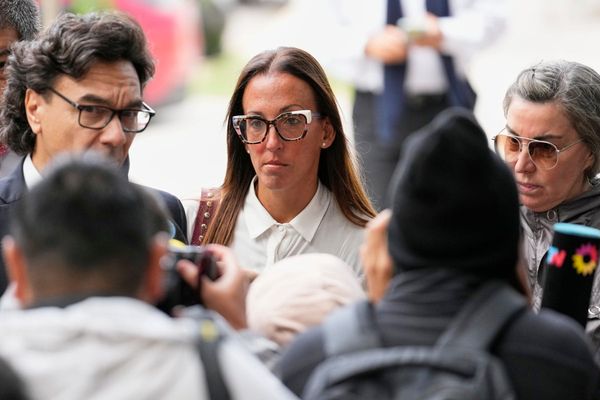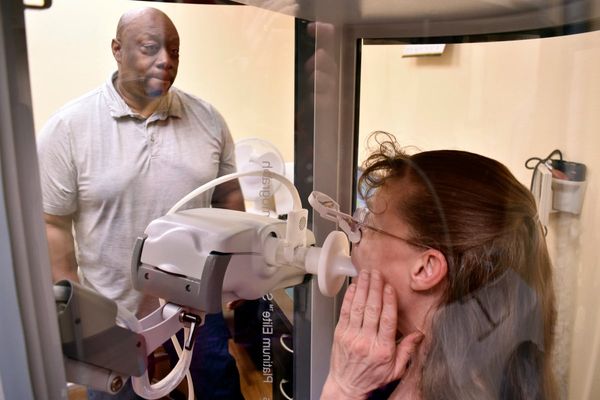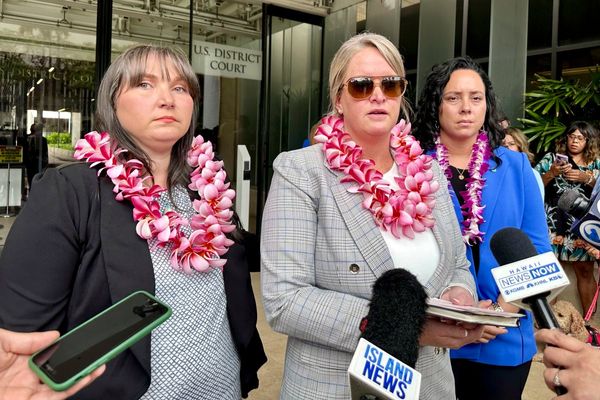
Exactly how the federal Liberals lost six heartland seats to independents remains a matter for debate, and how — or even whether they should try — to win them back will be a major challenge for the opposition over the next three years.
Ian McAllister and Nicholas Biddle of the Australian National University are offering a view that might immensely complicate the challenge: based on the ANU’s traditional Australian Election Study, they suggest that “teal independent” voters “appear to more likely be tactical Labor or Greens voters rather than dissatisfied Liberal voters”, according to a media report.
The basis for the report is a paper to be delivered today, and the full data won’t be available until the end of the month. But one data snippet is that “among supporters of teal independents 35% voted Labor in 2019, 23% for the Greens and only 19% voted Liberal”.
If independents in seats like Kooyong, Mackellar and Curtin are mainly supported by Labor and Greens voters, the Liberals can do little to recover those seats — they can only try to lure back the relatively small number of Liberal voters who defected.
But there are some threshold questions about the analysis. For a start, 2019 isn’t necessarily a good base for comparison. Many of those seats saw big swings against Liberals in 2019. Josh Frydenberg copped an 8% swing in 2019, with his primary vote falling below 50%. Liberal voters had already begun defecting — to climate independent Oliver Yates, and to a lesser degree Julian Burnside, standing for the Greens.
Celia Hammond in Curtin fared even worse — she saw a swing of more than 11% in 2019. In Wentworth in Sydney, Dave Sharma, having initially failed to win the seat in the 2018 byelection, barely scraped home against Kerryn Phelps in 2019. Tim Wilson only suffered a relatively benign 3.7% swing.
It was different in Mackellar. Former Turnbull adviser, independent Alice Thompson — running on integrity and climate — took 12% of the vote in 2019, but Jason Falinski’s vote actually increased slightly, while Labor and the Greens went backwards. Trent Zimmerman also increased his vote in 2019 — but so did Labor, which saw an 8% swing.
So what happened on May 21? In Kooyong, Frydenberg’s vote fell another 6.5% — making for a nearly 15% cumulative decline over two elections. But even so, the McAllister-Biddle suggestion appears to hold up: Labor’s vote also fell 10%, and the Greens’ nearly 15%. The total loss of votes for Labor and the Greens between 2019 and 2022 was 24,000. Frydenberg lost 5000 votes as well, but even on top of the 3500 he lost in 2019, it’s still well under what Ryan harvested from the non-Liberal vote.
That could explain why the Liberals now appear to be writing off Kooyong, with the view that wresting it back from Ryan will be just too hard. Things look a little similar in Goldstein: there, Wilson lost nearly 13,000 votes. But Labor lost 17,000, and the Greens only 7000, in delivering Zoe Daniel victory.
However, things aren’t quite as stark in Sydney. In Mackellar, Falinski lost 10,000 votes; Labor lost 8000 and the Greens 5000. In North Sydney, Trent Zimmerman lost 13,000 votes and the Greens 5000, but Labor only lost 3000 because Catherine Renshaw proved an exceptional candidate.
In Curtin, Hammond lost just 5000 votes this time around, and the Greens lost 3000, but Labor’s vote only fell by fewer than 1000. In Wentworth, Dave Sharma’s vote declined by 6000, Labor’s vote barely shifted, and the Greens’ actually went up.
The results suggest McAllister and Biddle are onto something in Victoria, where multi-election declines for the Liberals are only a relatively small part of the explanation for the success of Ryan and Daniel. In Mackellar and North Sydney, it’s more of a fundamental problem with former Liberal voters, who deserted Falinski and Zimmerman in droves, meaning tactical voting by non-Liberal voters, while playing a role in the success of Dr Sophie Scamps and Kylea Tink, played less of a role than in Melbourne. In Wentworth and Curtin, the problems are almost entirely with the Liberals, and have been on display over the past two elections, not just on May 21.
None of that is good news for Peter Dutton and the makeshift opposition now in place — but at least regaining Liberal voters is more within their power than convincing Labor and Greens voters to come over the other side.







